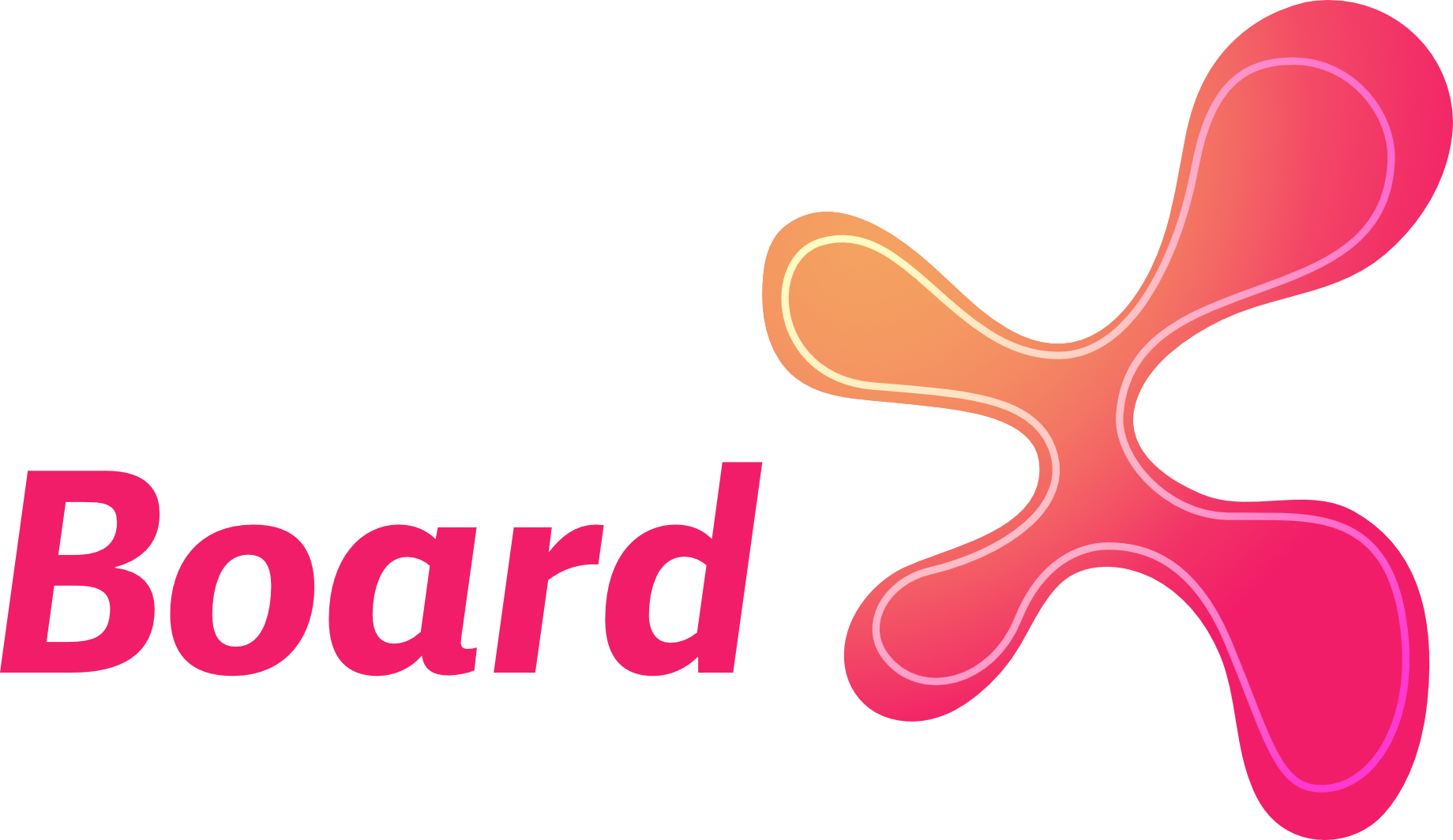Stakeholder Map - Identify all the stakeholders involved in or affected by the project.
Stakeholder Map: A Step-by-Step Guide
Creating a Stakeholder Map helps you identify all the individuals and groups involved in or affected by your project. This process ensures that you consider all perspectives and interests, which is crucial for achieving successful outcomes.
Step 1: Define the Scope of Your Project
Before identifying stakeholders, it’s essential to have a clear understanding of your project’s scope and objectives.
- Project Overview: Briefly outline the project’s goals, deliverables, and timeline.
- Key Activities: Identify the main activities and tasks that will be carried out during the project.
Step 2: Brainstorm Potential Stakeholders
List all the individuals, groups, and organizations that might have an interest in or be impacted by the project.
- Internal Stakeholders:
- Project Team: Members directly involved in executing the project.
- Management: Executives and managers overseeing the project.
- Departments: Other departments within the organization that may be affected or provide support.
- External Stakeholders:
- Clients/Customers: Those who will use or be affected by the project’s outcome.
- Suppliers/Vendors: External partners providing goods or services.
- Regulatory Bodies: Government agencies or industry regulators.
- Community: Local communities and non-profits that may be impacted.
Step 3: Categorize and Prioritize Stakeholders
Organize stakeholders into categories based on their level of influence and interest in the project.
- Low Influence/Low Interest: Monitor these stakeholders with minimum effort.
- Low Influence/High Interest: Keep these stakeholders informed and consider their needs.
- High Influence/Low Interest: Keep these stakeholders satisfied, as their influence can impact the project.
- High Influence/High Interest: Engage closely and manage these stakeholders proactively.
Step 4: Create the Stakeholder Map
Visualize the stakeholders on a map to understand their relationships and impact on the project.
- Matrix Layout: Use a grid with Influence on one axis and Interest on the other.
- Position Stakeholders: Place each stakeholder in the appropriate quadrant based on your categorization.
- Connect Relationships: Draw lines to indicate relationships and dependencies between stakeholders.
Step 5: Analyze Stakeholder Needs and Expectations
Understand the specific needs, concerns, and expectations of each stakeholder group.
- Interviews and Surveys: Conduct interviews or surveys to gather detailed information from stakeholders.
- Feedback Sessions: Organize meetings to discuss their concerns and expectations.
- Document Insights: Summarize the key insights from these interactions.
Step 6: Develop a Stakeholder Engagement Plan
Create a plan for how you will communicate and engage with each stakeholder group throughout the project.
- Communication Methods:
- Emails: Regular updates for informational purposes.
- Meetings: Scheduled check-ins for high-influence stakeholders.
- Reports: Detailed progress reports for management and regulators.
- Workshops: Collaborative sessions with key stakeholders.
- Frequency: Define how often you will communicate with each stakeholder group.
- Responsibility: Assign team members responsible for managing each stakeholder relationship.
Sample Stakeholder Map
Project: Development of a New Mobile Application
- Internal Stakeholders:
- Project Team: Developers, designers, and product managers.
- Management: CEO, CTO, and department heads.
- Marketing Department: Responsible for promoting the app.
- External Stakeholders:
- Clients/Customers: End-users of the mobile application.
- Suppliers/Vendors: Software vendors and third-party service providers.
- Regulatory Bodies: Data protection authorities and industry regulators.
- Community: User groups and community organizations that may benefit from the app.
Stakeholder Map Layout
High Influence | |
| Reg. Bodies | Management
| |
| |
|------------------|----------------
| Vendors | Project Team
Low Influence | Community Groups | Marketing Dept.
| Customers |
| |
| |
Low Interest High Interest
Communication Plan
- Regulatory Bodies: Monthly compliance reports.
- Management: Bi-weekly progress meetings.
- Project Team: Daily stand-up meetings.
- Customers: Monthly newsletters and beta testing invitations.
- Community Groups: Quarterly workshops and feedback sessions.
By following these steps, you can create a comprehensive Stakeholder Map that helps you identify and manage all the key players involved in or affected by your project.


Comments ()